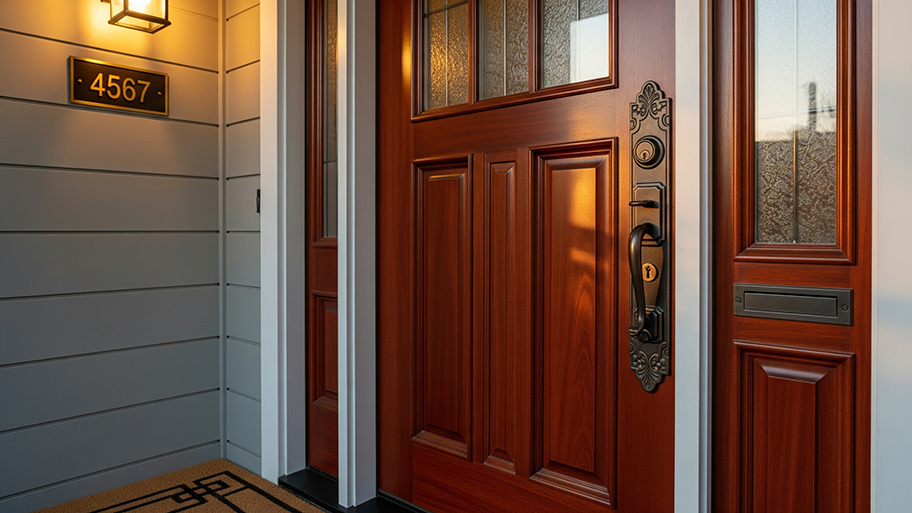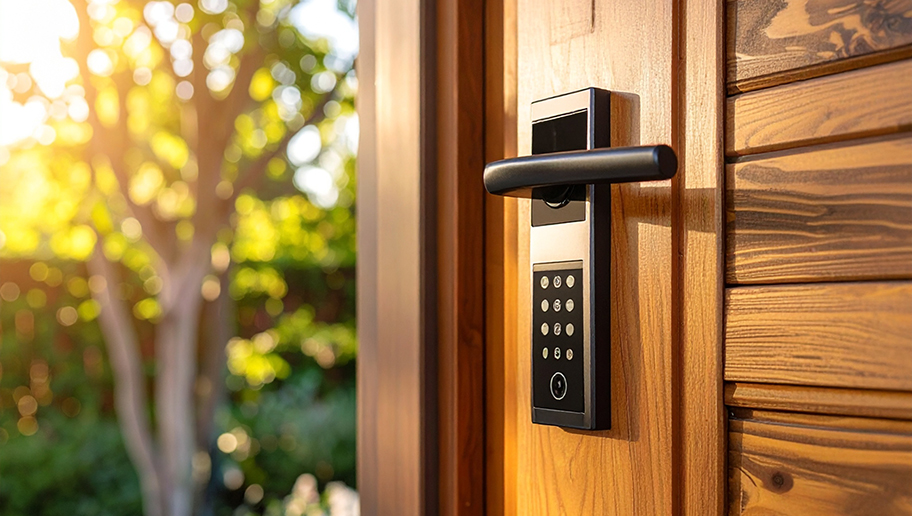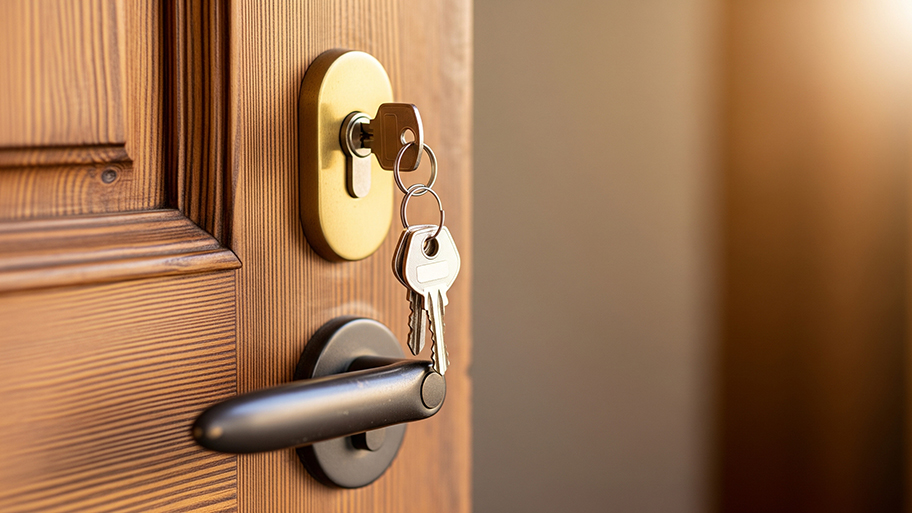
Wondering how much a locksmith costs? Discover locksmith prices, key cost factors, and tips to save on home lockout, rekeying, and installation services.
Don’t let a broken key keep you stuck with these at-home tricks


Attempting to extract a broken key yourself may seem cost‑effective, but you risk causing more damage to the lock or door.
While the cost to hire a locksmith to get a broken key extracted is about $160, you will save time and stress.
A pro comes with the right tools out of the box and will handle even deeply lodged keys that DIY methods can’t reach.
When you’re in a rush (or even if you’re not), there’s nothing more frustrating than when your key won’t turn in your lock. Then to make the situation even worse, your key breaks in the lock and you’re stuck wondering what to do.
In this article, we’ll cover a few tricks for removing a broken key from a lock on your own and who to call if it simply won’t come out.
Most keys are made out of semi-hard metals, like brass or nickel, that wear out over time. Once you start noticing that your key is sticking in the lock or the edges are becoming dull, it’s time to get a new key made before it’s too late.
But the type of door lock you have could also be the culprit. The lock mechanisms may be failing, or the keyway may need lubrication. Or, if the lock was installed incorrectly in the first place, you may have to use too much force to turn the key—causing the key to break down faster.

Lubricating your keyway is one of the best ways to prolong the lifetime of your keys and locks. Once you notice your key starting to stick or your lock not turning as effortlessly as it should (or if your key is already stuck in the keyway), grab a can of Teflon-based dry lubricant and follow these steps:
Stick the straw into the keyway
Spray a decent amount of lubricant into the hole
Insert your key
Turn it a few times. This ensures the entire lock mechanism is coated in the lubricant
Remove your key and wipe off any residue
Once the keyway is dry, it’s ready to use.
Note: While you may be tempted to use regular WD-40, most locksmiths recommend the dry lubricant to avoid dust and dirt build-up that comes with regular WD-40. You can find a dry version of this product that can work for your needs, though.
Before you call a locksmith, try these ways to get a broken key out of a lock. We recommend lubricating your lock before attempting any of these methods to help your key unstick more easily.

Grab the end of the key that’s protruding from the lock
Apply firm pressure to ensure a tight grip
Rotate the key until it’s vertical
Gently wiggle the key out of the lock
Straighten the paperclip or bobby pin
Insert into the lock alongside the broken key
Wiggle the pin around and attempt to hook it onto the key
Once you feel it latch, pull the paperclip out slowly
If the key doesn’t come out with the clip, try again
Ensure lock is either completely vertical or horizontal
Slide the key extractor into the keyway with the hook facing upward
Pull the tool straight out
Repeat until the key is removed

Cut a jigsaw blade horizontally so it fits into the keyway (do not cut off the serrated ends)
Cover the broken edge with duct tape to ensure you don’t get cut
Insert broken blade into the keyway
Twist slightly to gain leverage
Pull the jigsaw out of the keyway
Repeat until the key is removed
Hold one end of a hot glue stick to a flame
Press the melted end to the broken key
Wait two minutes until the glue hardens
Slowly pull the glue stick out
The best way to ensure your key doesn’t break in a lock is to take care of the lock regularly. While a door lock may fall pretty far down on your homeowner’s maintenance to-do list, it’s still something to look after—especially if you notice it’s getting harder to turn your key or lock your deadbolt.
Here are a few ways to look after your door locks:
Lubricate the lock regularly.
Ensure the door isn’t sagging and put undue pressure on the lock mechanism.
Don’t force a key to turn. Instead, try lubricating the lock or adjusting the mechanism to ensure a seamless entry and exit.
Replace your keys once they start to wear out. Damaged or worn-out keys can put pressure on the wrong parts of your lock system, causing it to break (and possibly breaking your key along with it).

Because you likely already have a few of the tools listed above at home, it’s worth trying to extract a broken key on your own. And even if you don’t, these tools only cost between $5 to $15. But, if you want to bypass the hassle of purchasing new tools or simply want to ensure the job is done right without any headache or effort, you can hire a locksmith instead.
If you go this route, be ready to shell out quite a bit of extra money. On average, the cost of hiring a locksmith runs between $163, depending on the situation. Depending on the provider, you could pay as little as $50 to extract a key, but it could also reach upward of $200 or more if it’s an emergency call.
But, at least you know the job will be done right the first time—which can be worth it if you’re locked out of your house.
From average costs to expert advice, get all the answers you need to get your job done.

Wondering how much a locksmith costs? Discover locksmith prices, key cost factors, and tips to save on home lockout, rekeying, and installation services.

Discover the average deadbolt installation cost, price factors, and tips to save on your project. Learn how to budget for secure home upgrades.

Wondering how much does it cost to copy a key? Discover prices, key types, and cost-saving tips to help you budget for your next key duplication.

Keypad door locks come in many models, both electrically powered and not. No matter which one you have, it’s easy to learn how to reset a door lock of any kind.

Know the 5 common signs your locks may have been tampered with and take immediate action to improve home security and prevent a burglary.

Chances are, if you need to know how to get out a key stuck in a lock, you need a quick and easy solution. Try these easy DIY options so you can move on.